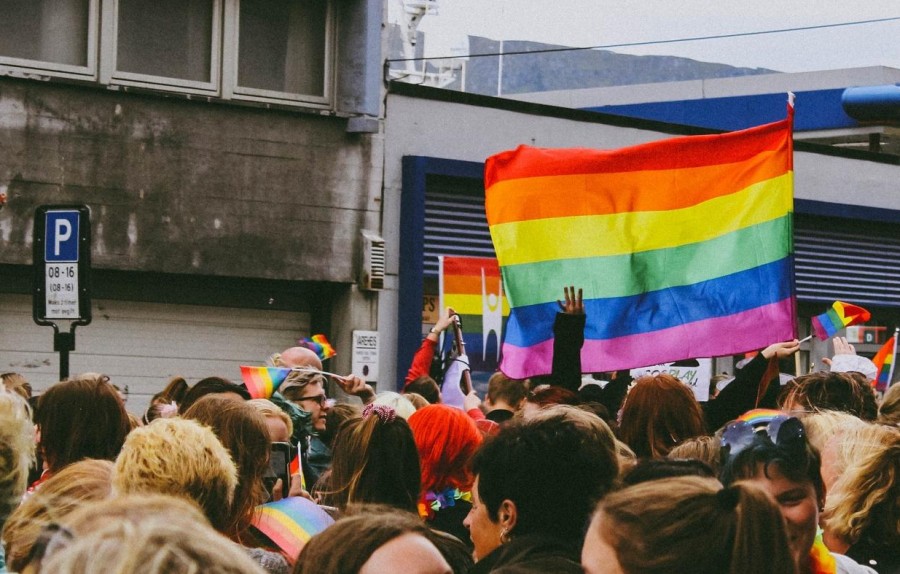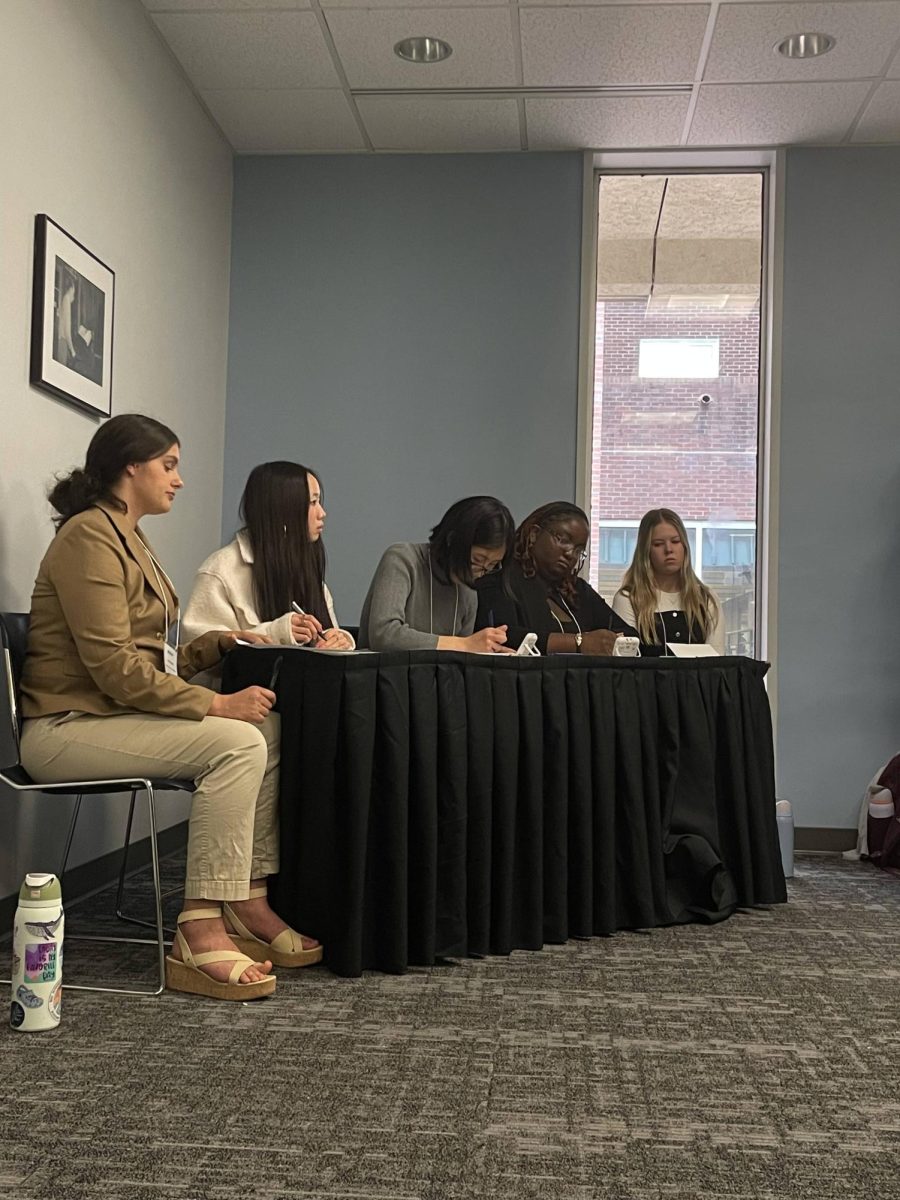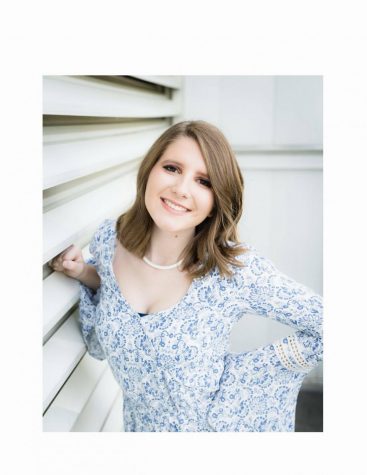The LGBTQIA+ community has grown tremendously in the Pleasant Valley district throughout the years.
With the increasing number of students that are recognized members of the LGBTQIA+ community, many do not know or understand the different identities and sexualities which exist within the community.
Senior Solange Bolger believes that the LGBTQIA+ community is about more than just sexuality. “Being a member of the LGBTQ+ community is more than just a discussion about sexuality. It’s about accepting people for who they are and not standing for disrespectful intolerance,” she said.
LGBTQIA+ stands for Lesbian, Gay, Bisexual, Transgender, Queer, Intersex, and Asexual. Even though the name name only covers seven sexualities, there are more sexualities that are a part of the community.
The term lesbian refers to a woman who is physically or emotionally attracted to other women. The definition of gay is the following: an individual who is emotionally or physically attracted to members of the same sex. Although, the term gay can be used as an umbrella term for both men or women, but it is typically used to refer to men.
Being bisexual means being someone who is attracted to people of their own gender or of other genders. Bisexuality does not just mean attraction to cisgender men and women, but instead two genders.
Senior Jei Valle-Riestra, whose sexual orientation is bisexual, thinks that the common stereotype about this sexuality is false. “Stereotypes that people often think about bisexuals due to mainstream media is that we would be open to threesomes, which is not true,” they said.
The term transgender is an umbrella term, meaning that it describes a variety of identities whose gender identity or expression differs from societal expectations based on their assigned sex at birth. Not all trans people undergo surgery or transition.
There are many different terms one could use to identity who they are, such as cisgender, transgender, binary, non-binary, and more.
Cisgender refers to a person’s gender identity that matches their physical sex that was assigned at birth; meaning if one was born a female and identifies as a female, they are considered to be cisgender.
The terms binary and non-binary differ from each other in the sense of classification of gender. Binary means having a gender that falls into the categories of masculine and feminine. However, those who identify as non-binary do not fall into a category as either, but instead as a combination or neither. They are not exclusively masculine or feminine, and most use the pronouns they/them.
Valle-Riestra identifies as non-binary and defined the pronouns they use. “I use they or them, not her or she nor him or he,” they said. When asking for someone’s pronouns, members of the community prefer for people to stay away from saying “what are your preferred pronouns,” but instead use “what are your pronouns?”Creating a culture where asking one another their pronouns is normalized improves the societal expectations upon the “normal” genders. If one wishes to learn more about certain identities and sexualities, the LGBTQIA+ Resource Center is a valuable source.









